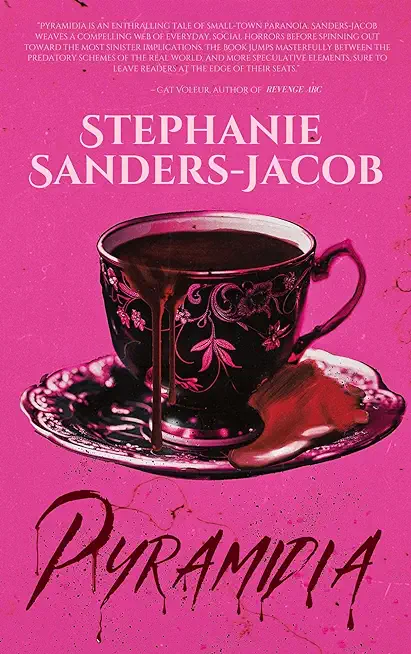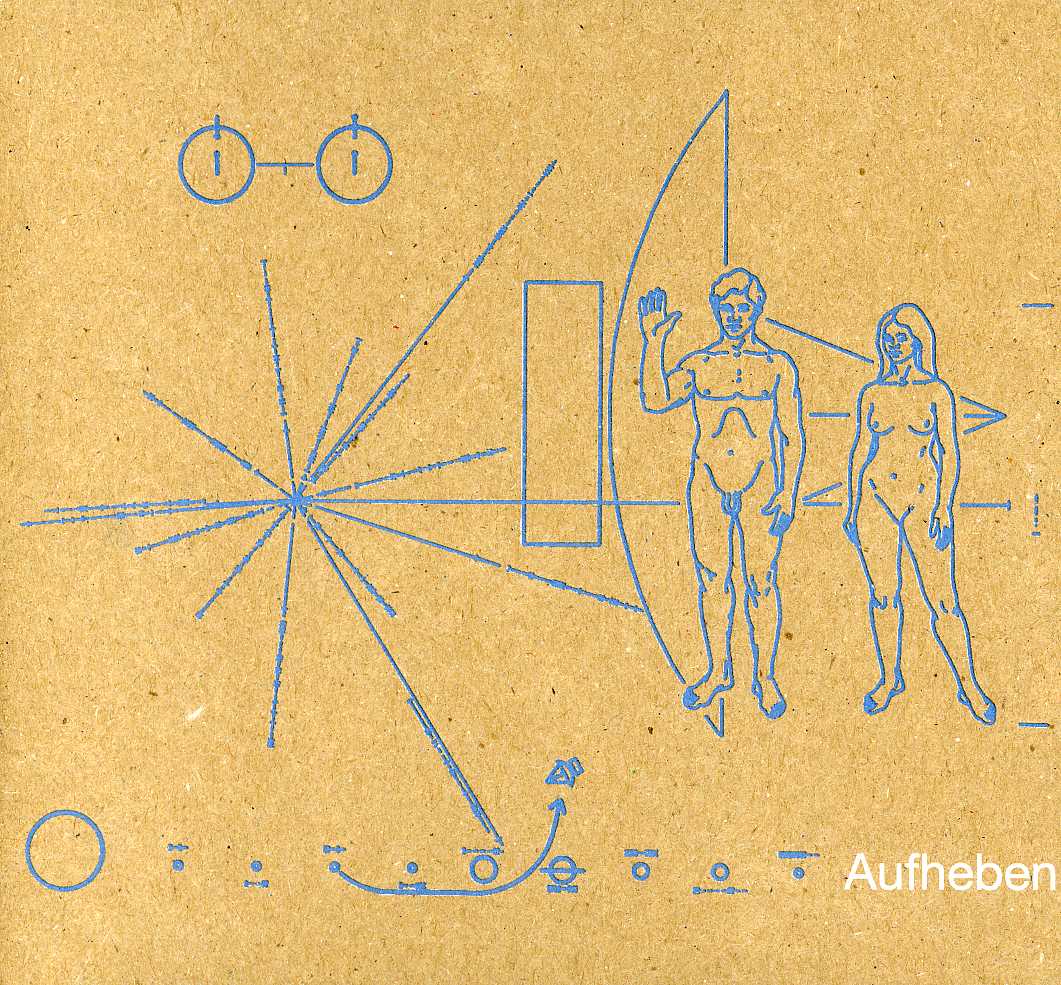
description
s both a rigorous discipline which involves many years of study and a deeply personal expression. Throughout the years, from the time I first encountered the Spectrum, I've realized more and more what an amazing pedagogical tool it is for dance as an art form. The Spectrum will help dance teachers address many issues, including the following: - For the beginning teacher, "Did I meet my objectives? How can I judge how well I did?" - For the advanced teacher, "How can I encourage initiative and make students more self-motivated?" - For the college or university teacher, "How do I help my colleagues in other disciplines (and administration) understand dance as an academic discipline? What do I put in my tenure and promotion portfolio?" - For teachers with adult beginner classes, "How do I introduce my adult learners to basic movement material without 'teaching down' to them, to recognize their cognitive level and maturity?" - For teachers in private studios, "How can I teach so that I reach every student, keep students coming back for more classes, and thus keep enrollment (and my business) up?" - When teaching large classes, "How can I provide feedback for every student in the class and still keep the class moving?" Whether you are facing a class of students for the first time or are an experienced teacher, whether you teach children or adults, whether in a recreational setting or college, you will find useful information here. Supported by illustrations, examples, sample lesson plans, criteria sheets, activity suggestions and discussion questions, this work is designed for use as a textbook for student teachers and a resource for the professional teacher. It includes practical tips and application suggestions, with additional material downloadable from the author's website.
member goods
No member items were found under this heading.
Return Policy
All sales are final
Shipping
No special shipping considerations available.
Shipping fees determined at checkout.







